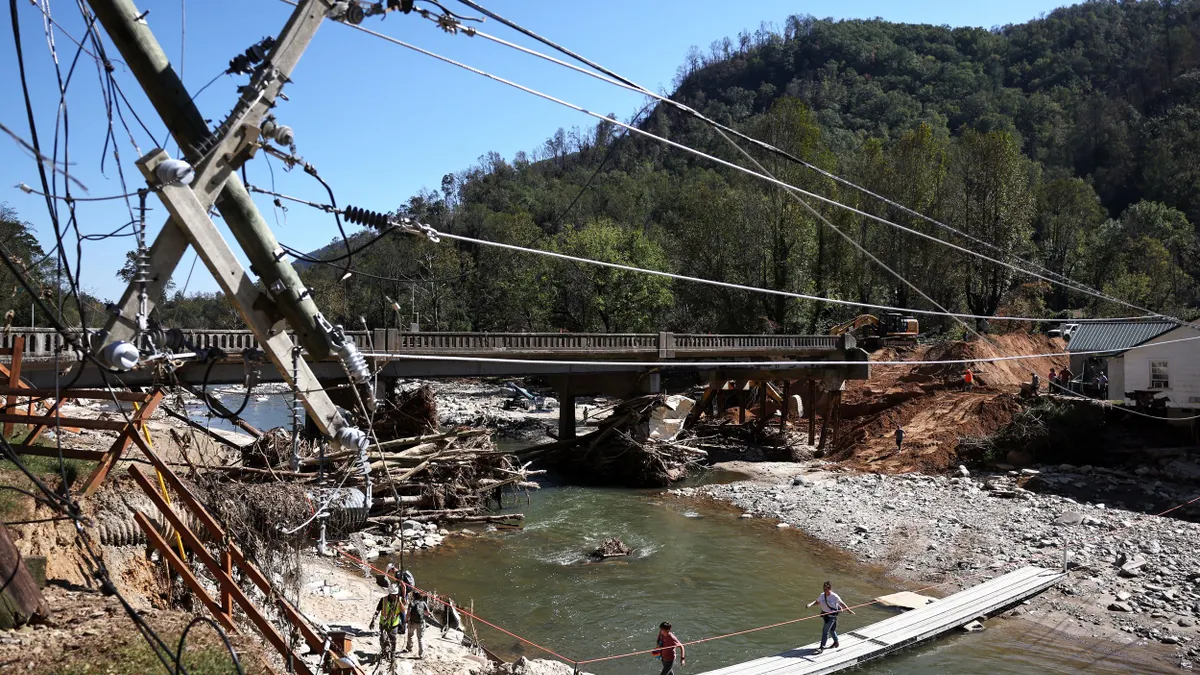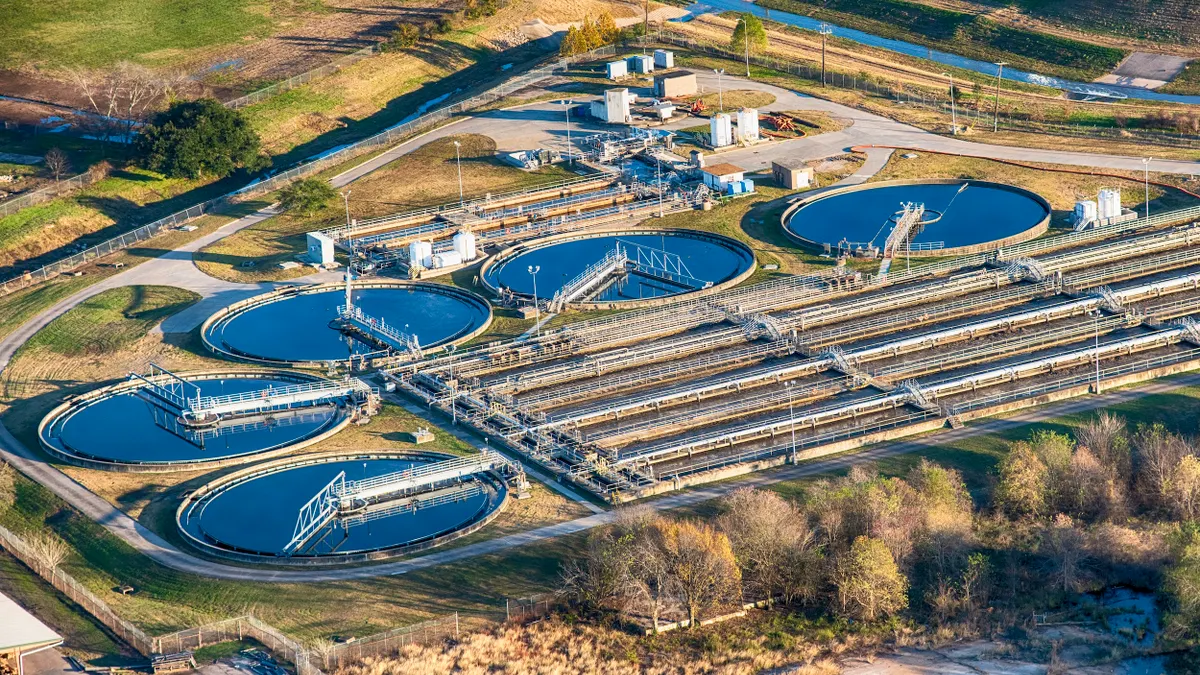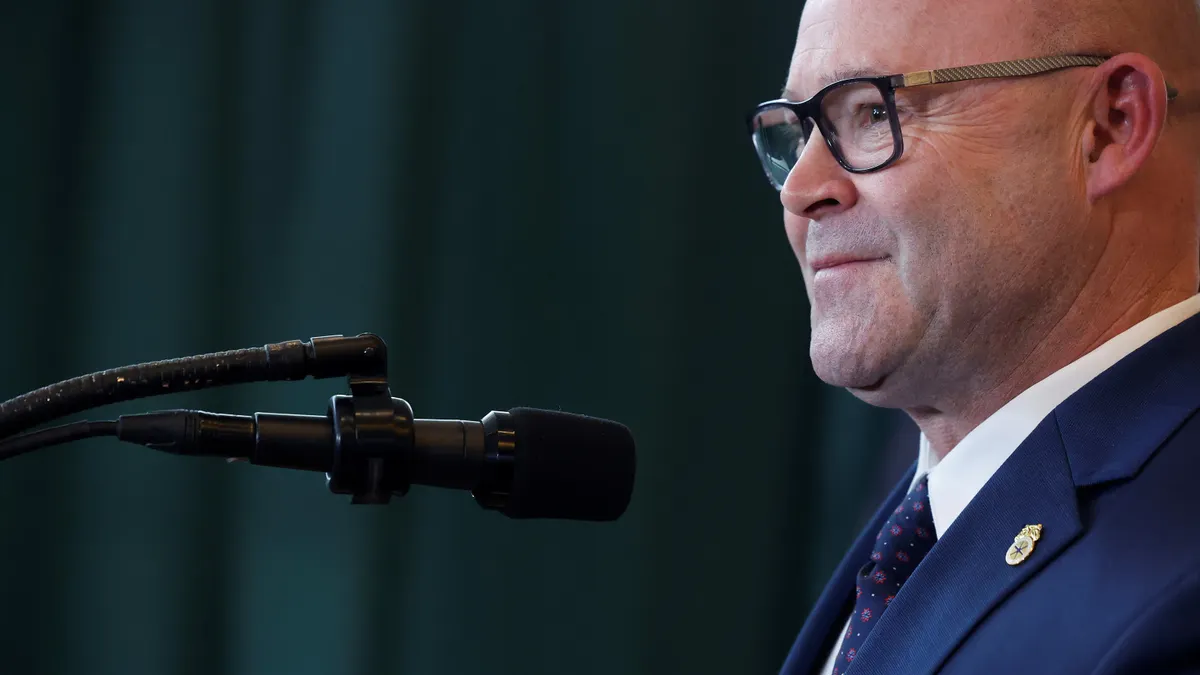It costs about an average of $20,000 to put solar arrays on your roof. That’s roughly the price of a decent used car or a professional model bassoon. And it used to be more expensive.
In the mid-2000s, companies rolled out innovative financing models making solar system purchases easier. Through leases and power purchase agreements, more consumers could purchase systems and pay them pack usually over years, aided by electricity bill credits from net metering.
The idea of reducing electrical bills and achieving a sort of energy independence appealed to many people, and in some parts of the U.S., the technology really took off. In Hawaii, with the highest electrical rates in the nation, adoption skyrocketed. California enacted generous subsidies, helping spur growth, and even a conservative state like Arizona saw a surge in those contraptions.
But as more customers began trimming bills, the incumbent players started fighting back. Utilities proposed adding fixed fees, reducing compensation for any extra energy generated from solar systems and otherwise searching for ways to recoup grid costs.
For most people, adding a solar system on top of other bills and priorities is a luxury — a fact utilities have long exploited in their on-going policy battle with private rooftop solar developers.
But a new report from GTM Research suggest that while rooftop solar companies by and large cater to the wealthier portions of the American population, the income disparity isn’t as dire as some of the rhetoric, and it's not as bad as it was in the past.
“It’s in line with the other studies we’ve seen in the past,” said Shayle Kann, senior vice president of GTM Research and one of the authors of the report. “So now there’s a good ponderance of evidence that the vast majority of solar households are in the middle income 70% of the population.”
What do the data say?
So far, two other studies within the past five years have attempted to tackle the rooftop solar income debate: The left-leaning Center for American Progress and Kevala Analytics. Both studies tracked solar adoption using zip codes, but failed to account for the “income variations within zip codes,” according to GTM.
To remedy this issue, GTM partnered with PowerScout, a self-styled smart homes company using satellite imagery to collect data on homes hosting rooftop solar within a zip code. They drew a sample from four states: New York, Massachusetts, California and New Jersey. All told, the four states account for more than 65% of the total rooftop solar market share, according to the study.
“The distribution of income of solar households does tend to skew higher than the general population,” Kann said. “You tend to see a lot of upper middle-income households going solar.”
The study defines middle-income as a range between $45,000 to $150,000 per year. The average solar household income lands roughly around $100,000. Low-income households are defined anywhere below $45,000.
While it’s no surprise the wealthier income bracket invests in rooftop solar, Kann said a surprising amount of low-income solar appeared in the study.
“We have seen a lot of low-income solar adoption as well,” Kann said.
Based on the findings of the study, GTM researchers estimate that the four solar markets include more than 100,000 installations at low-income properties.
While significantly lower than the middle-income numbers, the findings could signal a growing interest and accessibility for solar among that demographic. How to spread access there, however, varies state-by state.
“It’s a combination of a lot of things, it is state-level programs like the one in New York for example that is focused on low-income households,” said Attila Toth, CEO of PowerScout and one of the study’s authors. “Also programs where credit requirements are eased and continued cost reductions. Today, the average rooftop solar system costs in the neighborhood of $20,000 to $25,000."
As solar equipment costs continues to fall, Toth speculates the price of rooftop solar installations will drop nearly by half in the coming decades, easing the path to more adoption by low-income households. But in the short-term, companies and utilities are still negotiating solutions to open access for all customers.
Private sector vs. utility solutions
Should the private sector or the government drive rooftop solar adoption forward for low-income consumers?
Solar companies have always had to live and die by the consumer market, accusations of subsidy dependency aside. Many of them argue the competitive market will naturally evolve progress to serve all customer segments as price declines and financing options expand.
A growing number of utilities, on the other hand, see their ability to rate base power resources as an opportunity to ensure equitable access to the benefits of distributed solar. Community shared solar, which allows consumers without suitable roofs to buy subscriptions to central-station arrays, has become a common utility offering in recent years. And increasingly, utilities are getting involved behind the meter as well.
Arizona Public Service Co., a key player in the state’s notorious solar policy battles, pledged $10 million to expand rooftop solar access to low-income customers as part of a settlement with solar installers in the state over rate design in March. And in San Antonio, municipal utility CPS Energy has a 10 MW project with installer PowerFin that allows customers to purchase panels at no upfront cost and receive credits on their bills.
But these utility moves into rooftop solar are often controversial among third-party installers, who fear they will stifle the competitive market. Simply leaving it alone, they argue, will allow them to expand coverage to all.
“We believe strongly in a competitive market in being able to provide the lowest cost product that gives the most access," said Lauren Randall, spokesperson for residential installer Sunrun. "Servicing all homeowners will expand business opportunities.”
Sunrun recently partnered with Grid Alternatives, a non-profit solar installer, for a program to boost rooftop solar adoption among low-income households. Under the program, Sunrun will own, operate and maintain the solar arrays while Grid Alternatives will fund each customer’s prepaid 20-year solar PPA or lease bill.
“At the high level, Sunrun is committed to bringing solar access to all,” Randall said.
But despite a growing number of low-income programs from utilities and installers alike, the scale remains relatively small. Sunrun's partnership with Grid Alternatives aims for 500-1000 customers, and utility programs to date have either been pilots or limited to a relatively small capacity.
That may be set to change. Utility Dive's recent survey of more than 600 utility professionals revealed 95% think utilities should be allowed to rate base distributed resources in all or some circumstances. That could portend a coming wave of proposals to get involved behind the meter — if utilities see a business opportunity.
In the meantime, until utilities or private installers step up, GTM’s Kann said the enduring solar gap could be an opportunity for the public sector to intervene.
“There are places where the market is failing, if there’s an under representation within the market, that’s a good opportunity for the government to step in," he said.
That doesn’t necessarily equate to utility ownership. Kann and Toth pointed to generous state incentives as a good pathway to spur adoption. Other major factors include rate design. The study noted California’s shift toward time-of-use rates could beget more installations as consumers find ways to cut down on energy usage.
Another route could be federal assistance like the Obama-era Clean Energy Savings for All Americans Initiative, which set a goal to bring 1 GW of new solar to low- and moderate-income solar households by 2020. But the Trump administration has displayed a distaste for those pro-renewable policies, so they are unlikely to be expanded.
In the end, current data show rooftop solar to still be mostly a device for the relatively well-off, but the growing discussion on equitable access could spur more programs like those at CPS and Sunrun. Moving forward, Kann stressed that continued research will be key in helping policymakers and the solar sector understand where to expand offerings.
“I think all these conversations will be better informed by having better data available,” Kann said. “It’s going to be really important to see how demographics change over time."



















